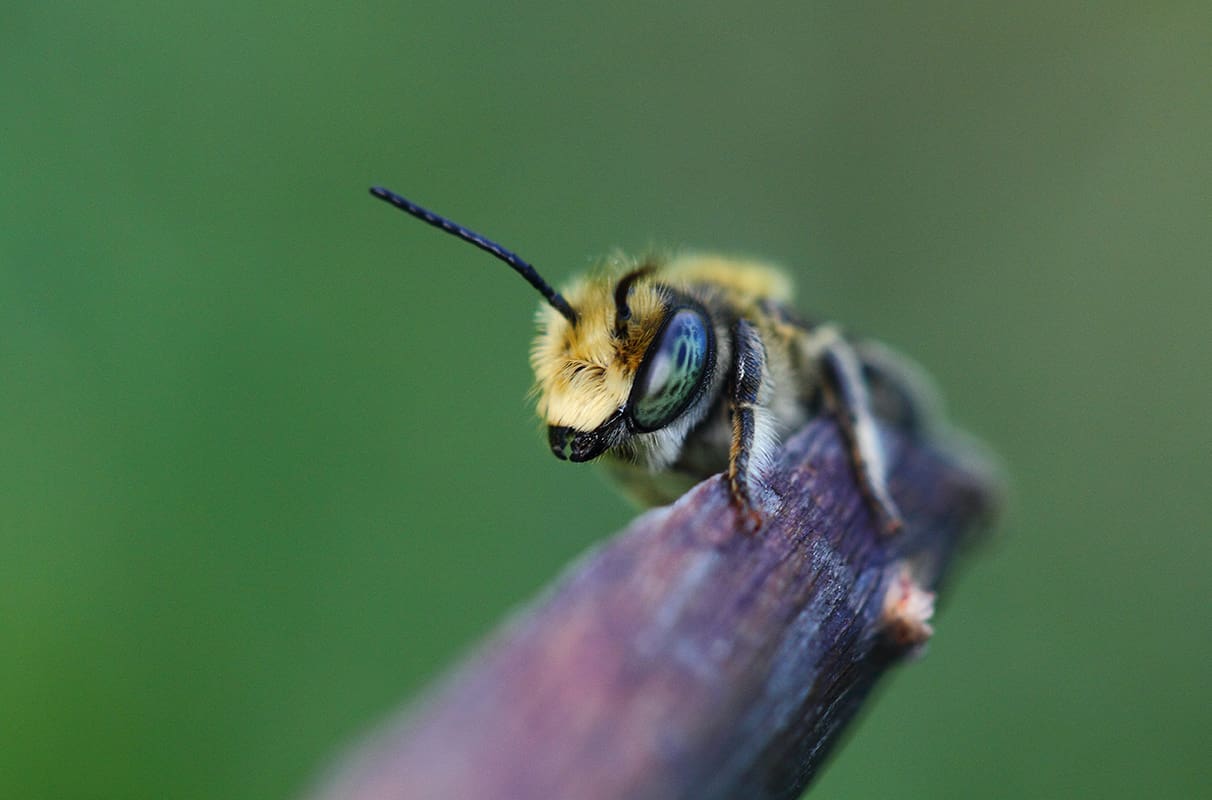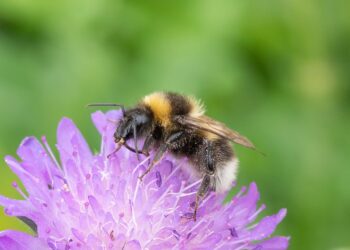The first bees originated on Gondwana, a former continent, over 120 million years ago, spreading wider and diversifying faster than previously expected. The researchers believe their point of origin was actually in western Gondwana, which included today’s continents of South America and Africa — before breaking apart into the world we see today.

Finding bee fossils is a mammoth task so instead, researchers from Washington State University took a different route for finding when and how bees evolved: they looked at genetics.
The researchers sequenced and compared genes from many bee species and compared them with fossils to rebuild bees’ evolutionary history, estimate how old they are, and identify their likely geographical expansion.
“There’s been a longstanding puzzle about the spatial origin of bees,” Silas Bossert, study author and assistant professor in the Entomology department, said in a news release. “For the first time, we have statistical evidence that bees originated on Gondwana. We now know that bees are originally southern hemisphere insects.”
Gondwana bees
In the study, Bossert and his team sequenced and compared genes from over 200 species. They then matched them with traits from 185 bee fossils and extinct species, developing an evolutionary history and genealogical models for bees’ distribution. They analyzed hundreds of thousands of genes to ensure the relationships they inferred were right.
“This is the first time we have broad genome-scale data for all seven bee families,” co-author Elizabeth Murray, a WSU assistant professor of entomology, said in a news release.
Previous studies found bees likely evolved from wasps, moving from predators to collectors of pollen and nectar. This study shows bees first appeared in arid regions of western Gondwana during the early Cretaceous period (145 million years ago to 100.5 million years ago).
The researchers found evidence that bees migrated northward during the formation of new continents. They continued to diversify and spread with the emergence of angiosperms, the flowering plants. They later established colonies in both India and Australia. All major bee families had already diverged prior to the onset of the Tertiary period, 65 million years ago.
They believe that the exceptionally rich flora in the Western Hemisphere’s tropical regions may be due to their longtime association with bees. About 25% of flowering plants are members of the large and varied rose family, constituting a significant portion of the host plants for bees in both tropical and temperate regions.
Next, the researchers will continue sequencing and studying the genetics and history of more species of bees. Understanding the mechanisms by which bees dispersed and occupied their modern ecological niches can contribute significantly to the preservation of pollinator populations, thus ensuring their continued health and well-being.
Bees are responsible for pollinating about a third of the world’s food supply but their numbers are falling across the world due to pesticides, climate change, habitat loss, diseases, and more.
“People are paying more attention to the conservation of bees and are trying to keep these species alive where they are. This work opens the way for more studies on the historical and ecological stage,” Murray said in a news release.
The study was published in the journal Current Biology.






